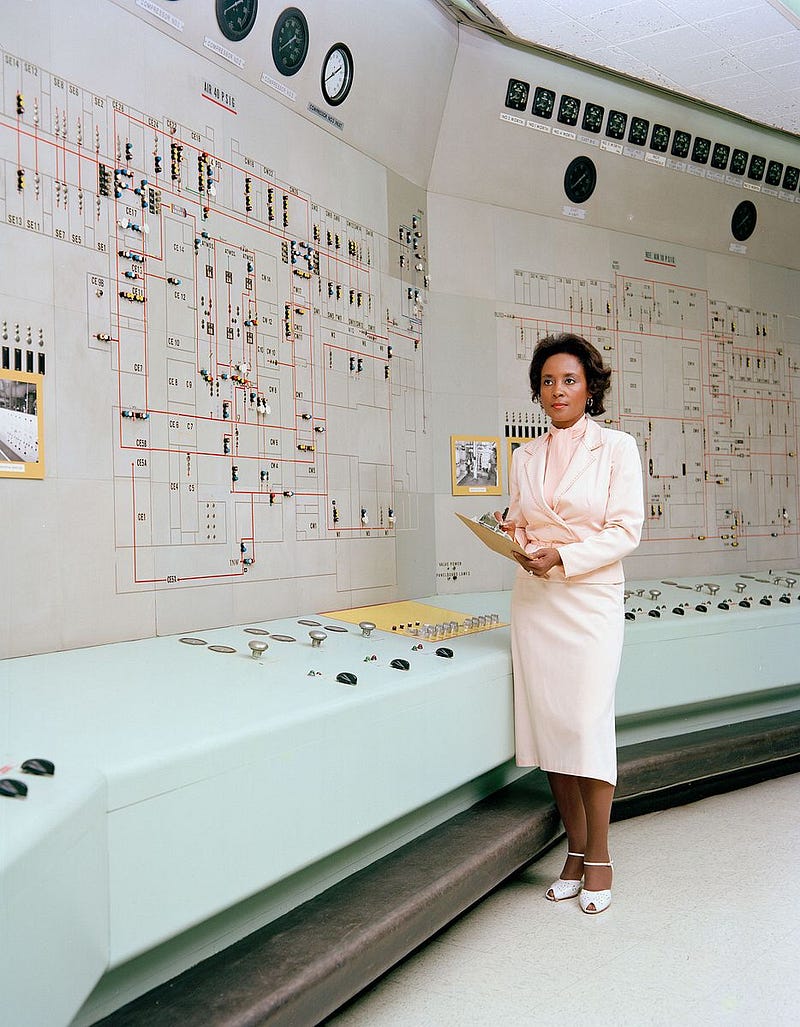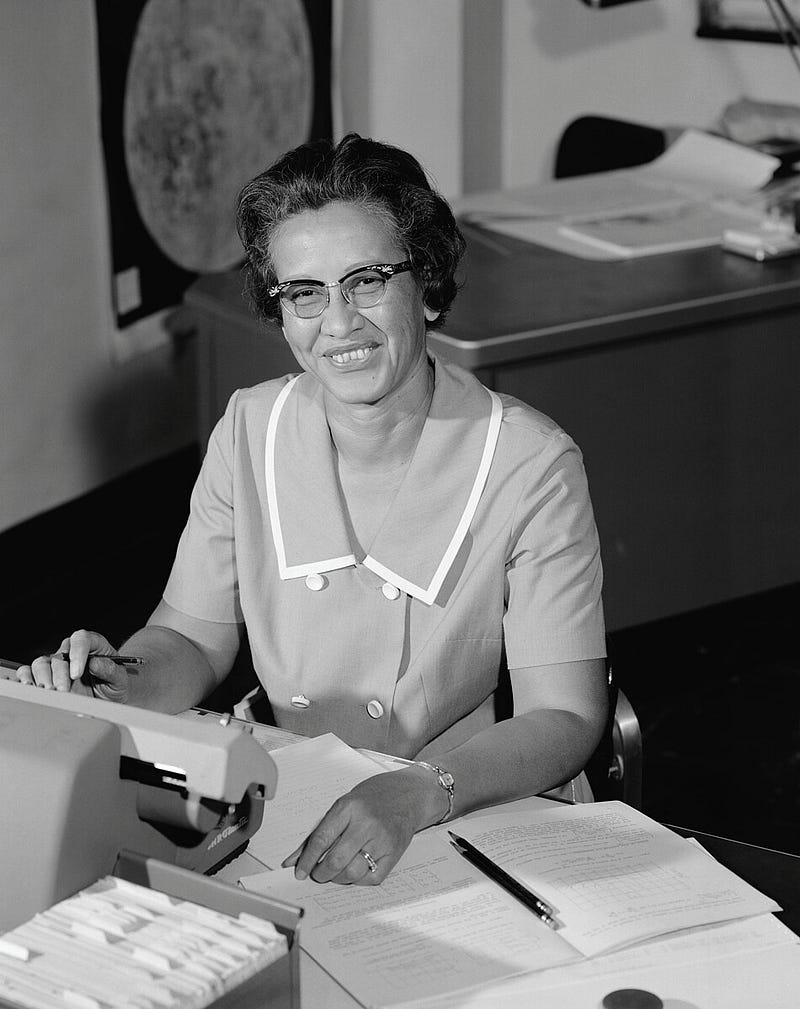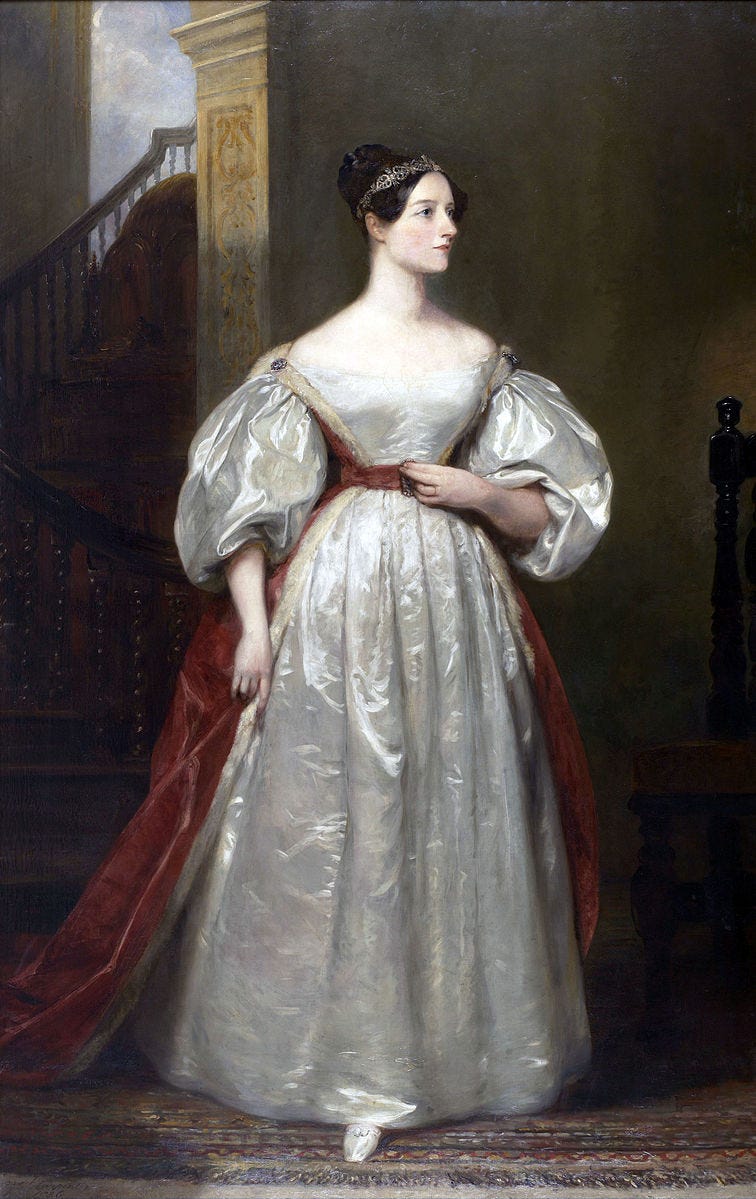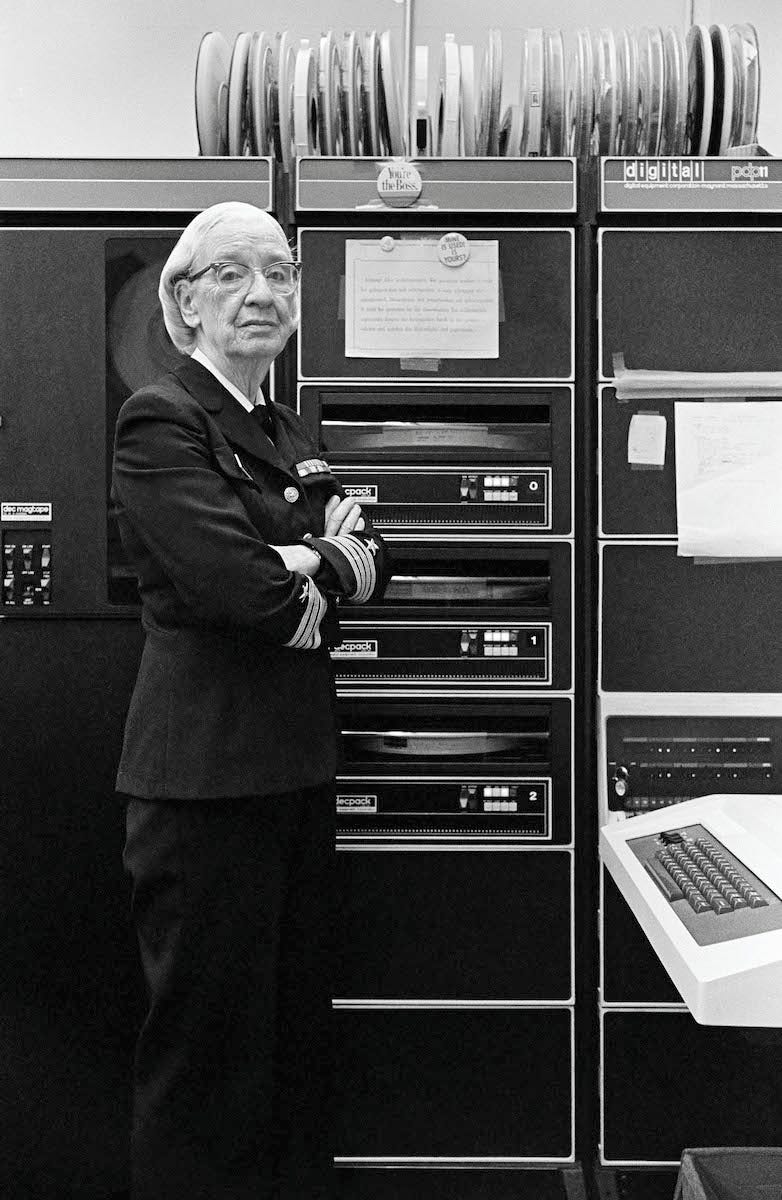Celebrating Women Pioneers in Technology and Computing
Written on
Chapter 1: The Trailblazers of Technology
We've all heard the stereotype: “Women aren't adept at mathematics.” However, if that were the case, we wouldn't have remarkable figures like Ada Lovelace, Grace Hopper, Hedy Lamarr, Katherine Johnson, Annie Jump Cannon, Margaret R. Fox, and Gladys West etched in our history. These women were trailblazers in mathematics, computer science, and technology, making significant advancements that have influenced contemporary computing and scientific knowledge.
Let’s explore the extraordinary contributions women have made to technological progress.

Early Contributions
In the late 19th and early 20th centuries, the term “computer” referred to individuals who performed intricate calculations manually. A significant number of these human computers were women. At the Harvard College Observatory, women like Henrietta Swan Leavitt and Annie Jump Cannon cataloged stars, laying the groundwork for vital astronomical data that is still important today.

World War II and Beyond
During World War II, women were responsible for most of the ballistics calculations crucial for military operations. Joan Clarke, for example, contributed to cryptography, cracking codes from the Enigma machine at Bletchley Park, working alongside Alan Turing.

The Space Race
Following the war, women continued to play vital roles in the realm of computing. At NASA, pioneers like Katherine Johnson, Dorothy Vaughan, and Mary Jackson were key players. Often referred to as “human computers,” these women calculated trajectories and orbits that were essential for missions such as Apollo 11.

The Rise of Electronic Computers
As the 1950s and 1960s unfolded, electronic computers began to replace human labor, leading many women to transition into programming. Grace Hopper was a pivotal figure, creating the first compiler, an early version of modern programming languages. Women played significant roles in programming initial computers like ENIAC and UNIVAC.

The Decline and Resurgence
Despite an early preeminence in the computing sector, the representation of women began to wane in the 1980s. The proportion of women graduating with computer science degrees reached its peak at approximately 37% in 1984 before experiencing a steady decline. Various societal and cultural factors contributed to this downturn, including the increasing perception of computing as a male-centric domain.
Recognition and Legacy
Today, initiatives are underway to honor and acknowledge the contributions of these pioneering women. Projects like Project PHaEDRA at Harvard are aimed at digitizing and making accessible the extensive work done by the Harvard Computers. Films such as “Hidden Figures” illustrate the essential roles women occupied at NASA during the space race. These efforts highlight the significant influence women have had on the evolution of computing and emphasize the necessity of fostering diversity within the technology sector.
The first video titled "The Untold Story of the American Women Code Breakers of World War II" explores the incredible contributions of women in code-breaking during this critical period.
The second video, "Code Girls: The Untold Story of the American Women Code Breakers of World War II," delves into the lives and achievements of these remarkable women.